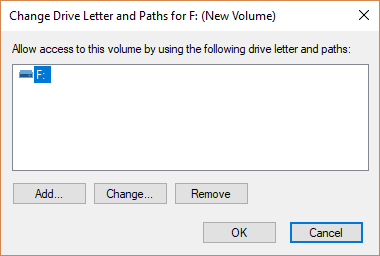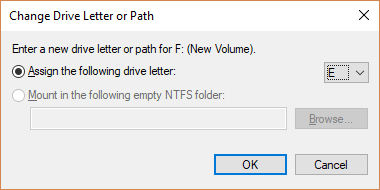Where Are The A And B Drives?
Nowadays computer has become a necessity of life. And if you are a computer user, then you must have seen that software applications that you install are always by default saved in the C drive including the Windows OS itself.
And if you connect a USB stick or create a new partition drive, for example, it will probably be assigned the letter D, provided the letter is not already used by another drive; in the latter case, the new drive would be given the designation E.
But have you ever wondered where do the A and B drives go or if it's a mistake and everyone has been lazy till now to get it fixed? Let's find out.
Where Are The A And B Drives In Windows?
The fact that you never see the A and B drives is neither a mistake nor a coincidence but primarily has historical reasons.
Hard Drives Weren't Standard In The Past
While hard drives are becoming more and more manageable nowadays with ever-larger capacities, in the past this wasn't quite so common.
There was a time in the 1980s when PCs weren't usually equipped with hard drives because they were insanely expensive and users had to rely on completely different means in order for them to store their data at all.
Users of today may not believe it but we have come really a long way and have improved our technology greatly, take for example in the early 1980s entire operating systems were packed on the small, one-megabyte data carriers.
And no it was not Windows OS in that one-megabyte, in fact, it didn't even exist back then, we're talking about DOS or MS-DOS (the Microsoft Disk Operation System) which was developed by Microsoft for IBM.
Accordingly, the first PCs were usually equipped with two floppy disk drives, and MS-DOS automatically assigned or reserved the designations for them as A and B.
Hard disks only became commonly used drives after floppy disks, which is why only the C remained.
Why Hasn't The Tradition Changed With Windows?
Windows up to version 3.11 were only a graphical user interface for MS-DOS. And Windows 95 and Co. are based on it, which is why the C name tradition continued.
Although floppy disk drives don't mean anything nowadays, the names have still stayed the same. This is mainly due to the reason that newer operating systems were developed on the basis of the previous versions and the traditional name was simply adopted.
Can You Still Change Your C Drive To A Or B?
In answer, in short, is 'Yes' sure you can. To do it:
- Right-click on the Start button (usually bottom left)
- Click on the Disk Management
- Now from the drives tabs, right-click on your preferred drive and click on Change Drive Letter and Paths
- On the new window, click on the Change button
- And now from the new window, select the new drive letter from the drop-down list, select OK, and then select Yes when prompted about how programs that rely on the drive letter might not run correctly.
Should You Change Drive Letter?
Well, we do have a habit of working with C drive, it's rooted in us now as we grew up learning with it from our first computer to cafes and to now laptops.
But just for fun if you do want to change it then do be aware that if you have installed any software applications or games in C Drive then they may experience problems in running properly as was notified to you earlier in the last step above.
Changing a letter of a drive on which there are no installation of applications and only have media files could be a little safer.
So have you also ever thought about where were the A and B drives? Do share with us in the comments below as we would be eager to know that other people also have the same experience.😄😊


























COMMENTS